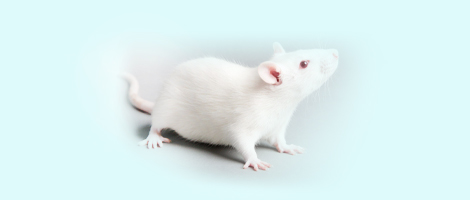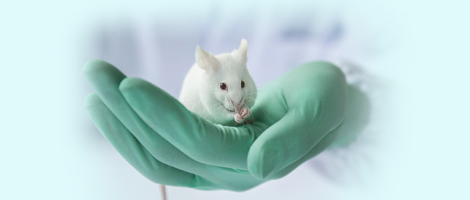[1] Shima Y, Engebretsen L, Iwasa J, et al.Use of bisphosphonates for the treatment of stress fractures in athletes[J] . Knee Surg Sports Traumatol Arthrosc, 2009, 17(5):542-550.
[2] Craig DI.Medial tibial stress syndrome: evidence-based prevention[J]. J Athl Train , 2008, 43(3):316-318.
[3] Feingold D, Hame SL.Female athlete triad and stress fractures[J]. Orthop Clin North Am, 2006, 37(4):575-583.
[4] Palmquist A, Lindberg F, Emanuelsson L,et al.Biomechanical, histological, and ultrastructural analyses of laser micro- and nano-structured titanium alloy implants: a study in rabbit[J]. J Biomed Mater Res A, 2010, 92(4):1476-1486.
[5] Wu J, Huang C, Li Z, Zhang Z.Imitative experimental appliance for running and jumping of rabbits[J]. Sheng Wu Yi Xue Gong Cheng Xue Za Zhi, 1997, 14(4):397-399.
[6] Chen YX, Li GP, Yao HE, et a1. Bushen Jianpi Huoxue Recipe in prevention and treatment of tibial stress injuries in rabbits[J]. Zhong Xi Yi Jie He Xue Bao, 2008, 6(7):738-743.
[7] Stern-Perry M, Gefen A, Shabshin N, et al.Experimentally tested computer modeling of stress fractures in rats[J]. 2011, 110(4):909-916.
[8] Sonoda N, Chosa E, Totoribe K, et al.Biomechanical analysis for stress fractures of the anterior middle third of the tibia in athletes: nonlinear analysis using a three-dimensional finite element method[J]. J Orthop Sci, 2003, 8(4):505-513.
[9] Sobczyk K, Moćko K, Sonecki L, et al.Bilateral stress fracture of distal fibula and tibia-case report[J]. Ortop Traumatol Rehabil, 2008, 10(2):183-190.
[10] Sigurdsen U, Utvag SE.The influence of compression on the healing of experimental tibial fractures[J]. Injury, 2011, 42(10):1152-1156.
[11] O’Sullivan CB, Lumsden JM. Stress fractures of the tibia and humerus in Thoroughbred racehorses: 99 cases[J]. J Am Vet Med Assoc, 2003, 222(4):491-498. |






